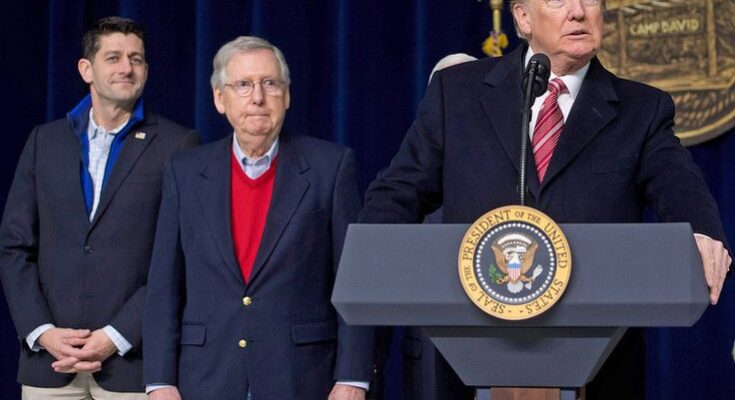As the deadline for a new federal budget approaches, the United States faces the very real possibility of a government shutdown.
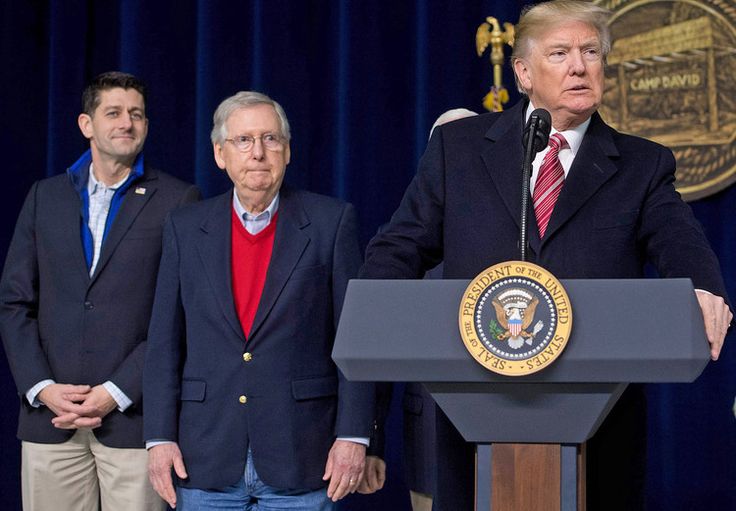
The failure to reach a budget agreement could bring federal operations to a standstill, affecting millions of Americans and having broad economic consequences. A government shutdown occurs when Congress fails to pass a funding bill that provides money for federal agencies and programs. With partisan gridlock and deep divisions over spending priorities, the looming shutdown has sparked intense debate and uncertainty across the country.
What Is a Government Shutdown?
A government shutdown happens when Congress does not approve a federal budget or pass temporary funding measures to keep the government running. When this occurs, many federal agencies and services are forced to stop working until an agreement is reached. This includes furloughing non-essential government employees and halting certain public services, although some critical services—like national security and health care—continue to operate.
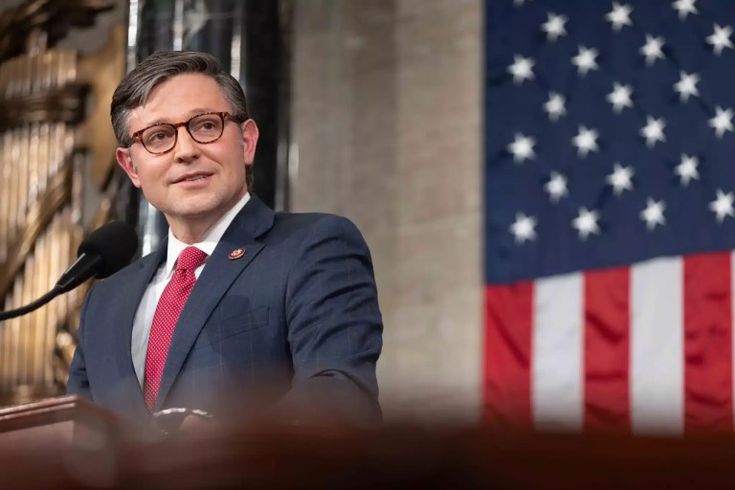
Shutdowns are typically caused by a standoff between political parties, particularly over issues like defense spending, domestic programs, and budget deficits. In recent years, these disagreements have become more pronounced, leading to multiple shutdowns since 1995. The most significant impact of a shutdown is the disruption it causes to federal employees, services, and the economy at large.
Current Situation: A Political Stalemate
As of late 2024, the U.S. government is hurtling toward yet another potential shutdown. A key issue revolves around the allocation of funding for the next fiscal year, which runs from October 1, 2024, to September 30, 2025. The Democratic Party and Republican Party are divided over how to allocate funding for government operations, especially defense spending, social programs, and emergency relief.

The Democratic Party has pushed for increased funding for domestic programs like education, healthcare, and climate change initiatives, while Republicans have called for significant cuts in government spending, particularly on non-defense discretionary programs. In addition, Republicans are demanding stricter immigration policies and restrictions on government spending in the wake of the COVID-19 pandemic response, which saw an increase in federal expenditures.
At the heart of the impasse is a Republican-led push to reduce overall government spending and curb what they see as wasteful spending. The Republican-controlled House of Representatives has passed several bills attempting to cut government spending across multiple sectors. These proposals have been met with staunch opposition from Senate Democrats, who argue that such cuts could lead to harmful reductions in essential services, including social safety nets and public health programs.
Another point of contention is the Biden administration’s push for additional funding to support Ukraine in its war with Russia. While Democrats generally support continued aid to Ukraine, many Republicans, particularly those aligned with former President Donald Trump, have expressed skepticism about sending more taxpayer dollars overseas while domestic issues remain unresolved. This division within the GOP has led to difficulty in forming a united front, further complicating the shutdown negotiations.
The Impact of a Government Shutdown
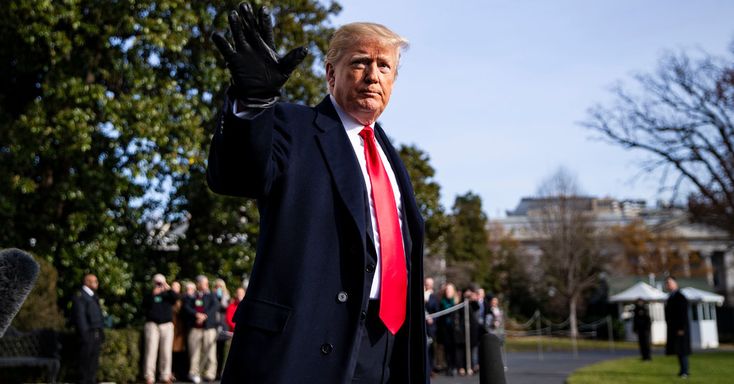
The consequences of a government shutdown are wide-reaching and can affect nearly every aspect of American life. Here are some of the key areas that would be impacted if the government fails to reach an agreement:
1. Federal Employees
A government shutdown would directly affect over 2 million federal workers. While employees working in essential services—such as military personnel, law enforcement, and air traffic controllers—would continue to work, many non-essential workers would be furloughed. These workers would be temporarily laid off without pay, leading to financial strain for families. While furloughed workers typically receive back pay once the shutdown ends, the delay in pay can cause significant hardship in the interim.
2. Government Services
Many government services would come to a halt during a shutdown. National parks, museums, and other federally-funded attractions could close, and many public-facing services like passport processing and visa services might be delayed or suspended. Agencies like the Environmental Protection Agency (EPA) and the Food and Drug Administration (FDA) could slow down or halt inspections, regulatory functions, and enforcement actions, potentially leading to health and safety concerns.
3. Public Health
A shutdown could create significant disruptions in public health programs. The Centers for Disease Control and Prevention (CDC) and the National Institutes of Health (NIH) could face delays in research and health surveillance efforts. Government-run healthcare programs like Medicaid could also be affected, though most beneficiaries would continue to receive care. Public health crises, such as flu season or disease outbreaks, could be exacerbated by the reduced ability of federal agencies to respond effectively.
4. Economic Consequences
The broader economy would also take a hit in the event of a shutdown. Government contracts and procurement processes would stall, disrupting businesses that rely on federal agencies for contracts. Small businesses, in particular, could face delays in payments for goods and services provided to the government. A prolonged shutdown could also reduce consumer confidence, as the uncertainty over government functioning could lead to stock market volatility and slower economic growth.
Additionally, the Congressional Budget Office (CBO) has estimated that a 2013 government shutdown cost the U.S. economy about $24 billion. That’s a substantial amount, especially considering that the country is currently facing economic challenges like inflation, rising interest rates, and supply chain disruptions. Economists warn that a prolonged shutdown could exacerbate these issues.
5. Military and National Security
Military operations and national security are generally exempt from the most severe impacts of a government shutdown. However, delays in funding can affect readiness, training, and operations in the longer term. While troops are still paid during a shutdown, contractors, maintenance personnel, and civilian support staff who assist in day-to-day military operations may be furloughed. This could create operational delays and logistical challenges for military readiness.
Public Opinion and Political Fallout
Public opinion tends to shift during government shutdowns, with the blame often falling on the party that is perceived to be blocking an agreement. Historically, Republicans have been seen as the primary instigators of government shutdowns, particularly in the past decade. However, with a divided Congress and entrenched partisan divisions, both parties could face political fallout from voters who are frustrated by the lack of progress.
Polling data often shows that Americans overwhelmingly oppose government shutdowns, seeing them as a failure of the political system. According to recent surveys, around 70% of Americans believe that lawmakers should prioritize keeping the government funded, even if it means compromising on policy differences. A shutdown typically leads to declining approval ratings for elected officials, especially those directly involved in the standoff.
As the shutdown deadline looms, both parties are under pressure to find common ground. However, as of now, there is no clear path to a resolution, and lawmakers are scrambling to propose short-term funding measures that could prevent the shutdown while more extensive negotiations continue.
What Are the Solutions?
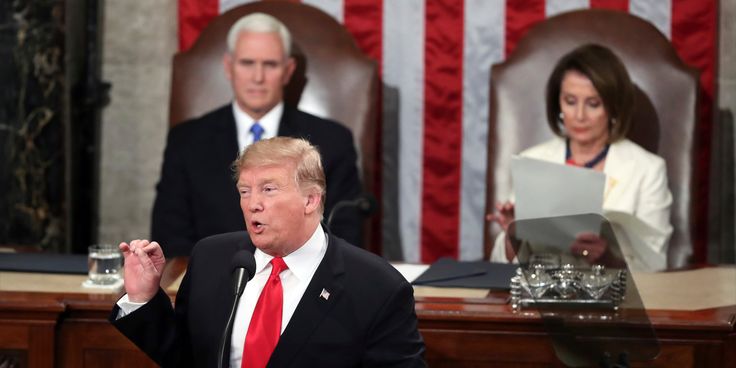
To avoid a government shutdown, lawmakers have several options:
- Short-Term Funding (Continuing Resolution): One of the most common solutions is a “continuing resolution” (CR), which provides temporary funding to keep the government open while both parties continue to negotiate a long-term agreement. CRs are often used as stopgap measures, and although they can prevent a shutdown, they are not a permanent solution.
- Bipartisan Compromise: The most ideal solution would be for both parties to come to a comprehensive, bipartisan agreement on spending priorities. This would require significant negotiation and compromise on issues such as defense spending, social programs, and international aid.
- Public Pressure: Public pressure can often play a role in breaking political gridlock. As Americans grow frustrated with the consequences of a shutdown, there could be growing calls for compromise from voters, business leaders, and other stakeholders. If enough public and private sector voices push for an end to the impasse, it may create political momentum toward a resolution.
Conclusion
As the United States teeters on the brink of a government shutdown, the stakes are high. A failure to pass a funding bill would have immediate and wide-reaching consequences for federal employees, public services, and the economy. With both political parties deeply divided over spending priorities, the next few weeks will be critical in determining whether the shutdown can be avoided or if the country will face yet another period of government dysfunction.
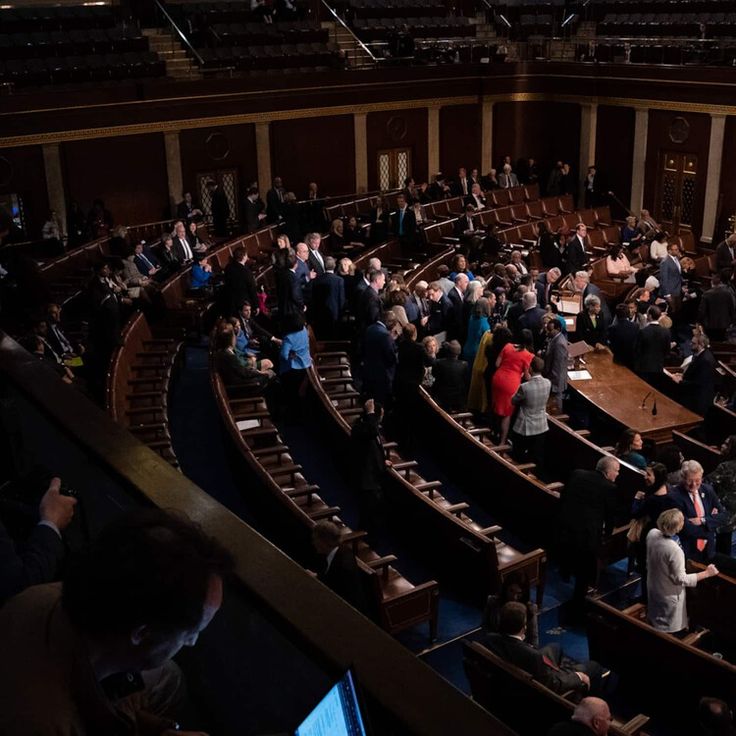
While shutdowns are part of the political process, they serve as a stark reminder of the dysfunction and gridlock in Washington. With every shutdown, the American public grows increasingly frustrated with the inability of elected leaders to find common ground and make government work for the people. Only time will tell whether lawmakers will rise above partisan divisions to resolve this crisis or whether a shutdown will bring further chaos to an already unstable political landscape.
